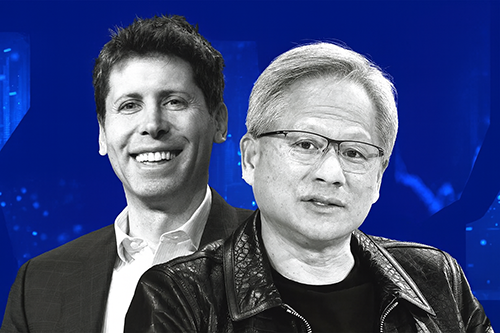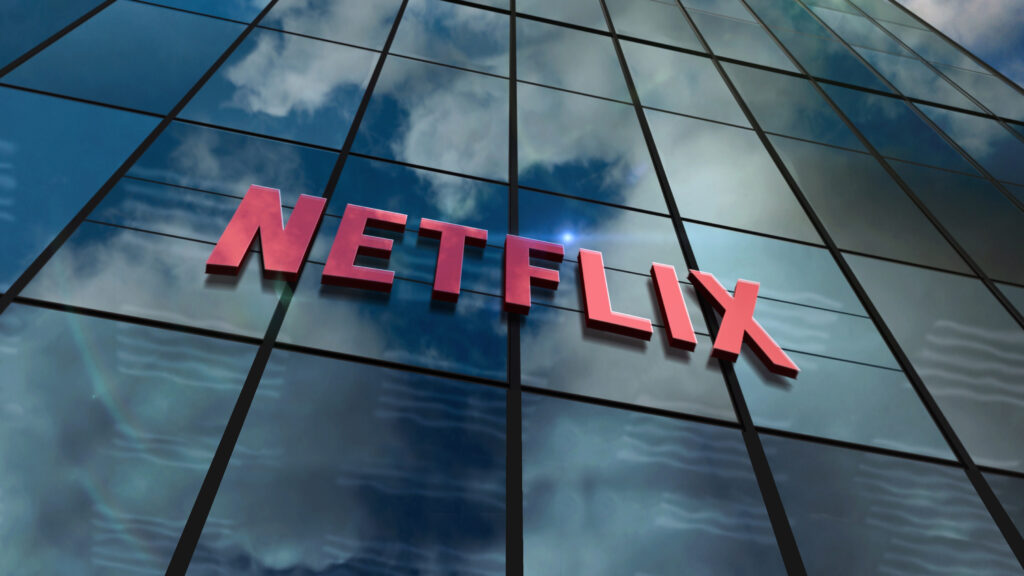Wall Street strategists have long argued that the stock market isn’t the economy. But in 2025, the artificial intelligence boom is making that distinction harder to maintain. Surging AI demand is powering both GDP growth and market gains, with the technology now serving as a major driver of U.S. expansion and investor sentiment alike.
BNP Paribas economist James Egelhof credits AI with helping the U.S. dodge a recession this year, noting its outsized role in GDP acceleration during early 2025. The trend echoes past technological revolutions that fueled bursts of productivity and market optimism. Yet the growing dependence on AI leaves both the economy and equities vulnerable. Major tech firms tied to the sector have accounted for a large share of the S&P 500’s advance, underscoring just how concentrated recent gains have become.
Investor enthusiasm continues to build on future spending plans. OpenAI has announced major infrastructure deals with Oracle and AMD, while Nvidia has deepened its investment in OpenAI itself. Those announcements have fueled fresh rallies in tech shares and reinforced expectations of another wave of capital expenditure. Still, some analysts warn the boom could prove cyclical. Fundstrat’s Hardika Singh cautions that the economy’s growing sensitivity to AI investment could test its stability once the spending cycle turns.
Wells Fargo expects equity indexes to climb further as AI advances continue, even as lingering bubble concerns prompt comparisons to past tech-driven booms. The risk, economists say, lies in what happens if corporate capex slows abruptly. High-income consumers—whose spending is increasingly linked to equity performance—could pull back, magnifying any downturn in asset prices and rippling through broader demand.
For now, AI’s momentum shows little sign of fading. But with markets, consumers, and growth all increasingly tethered to the same theme, the stakes are rising. The 2025 economy may be thriving on innovation—but it’s also more exposed than ever to a single, fast-evolving technology. Boom Blurs Line Between Markets and the Economy
Wall Street strategists have long argued that the stock market isn’t the economy. But in 2025, the artificial intelligence boom is making that distinction harder to maintain. Surging AI demand is powering both GDP growth and market gains, with the technology now serving as a major driver of U.S. expansion and investor sentiment alike.
BNP Paribas economist James Egelhof credits AI with helping the U.S. dodge a recession this year, noting its outsized role in GDP acceleration during early 2025. The trend echoes past technological revolutions that fueled bursts of productivity and market optimism. Yet the growing dependence on AI leaves both the economy and equities vulnerable. Major tech firms tied to the sector have accounted for a large share of the S&P 500’s advance, underscoring just how concentrated recent gains have become.
Investor enthusiasm continues to build on future spending plans. OpenAI has announced major infrastructure deals with Oracle and AMD, while Nvidia has deepened its investment in OpenAI itself. Those announcements have fueled fresh rallies in tech shares and reinforced expectations of another wave of capital expenditure. Still, some analysts warn the boom could prove cyclical. Fundstrat’s Hardika Singh cautions that the economy’s growing sensitivity to AI investment could test its stability once the spending cycle turns.
Wells Fargo expects equity indexes to climb further as AI advances continue, even as lingering bubble concerns prompt comparisons to past tech-driven booms. The risk, economists say, lies in what happens if corporate capex slows abruptly. High-income consumers—whose spending is increasingly linked to equity performance—could pull back, magnifying any downturn in asset prices and rippling through broader demand.
For now, AI’s momentum shows little sign of fading. But with markets, consumers, and growth all increasingly tethered to the same theme, the stakes are rising. The 2025 economy may be thriving on innovation—but it’s also more exposed than ever to a single, fast-evolving technology.





